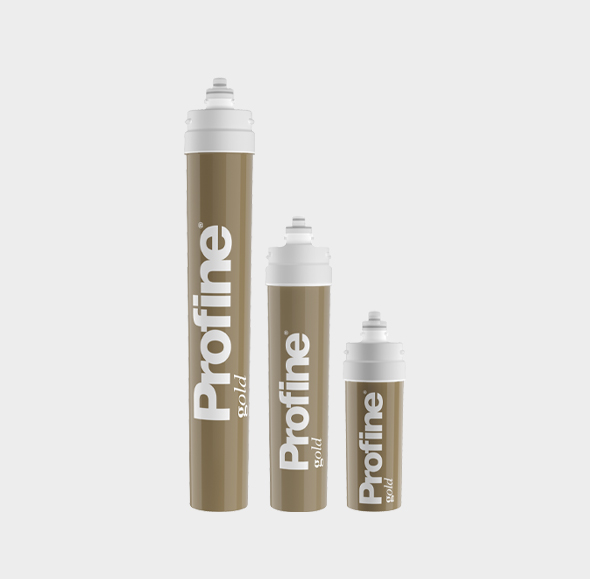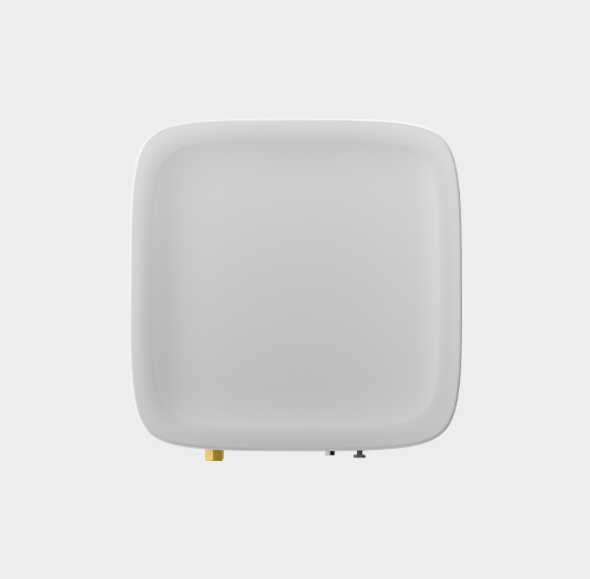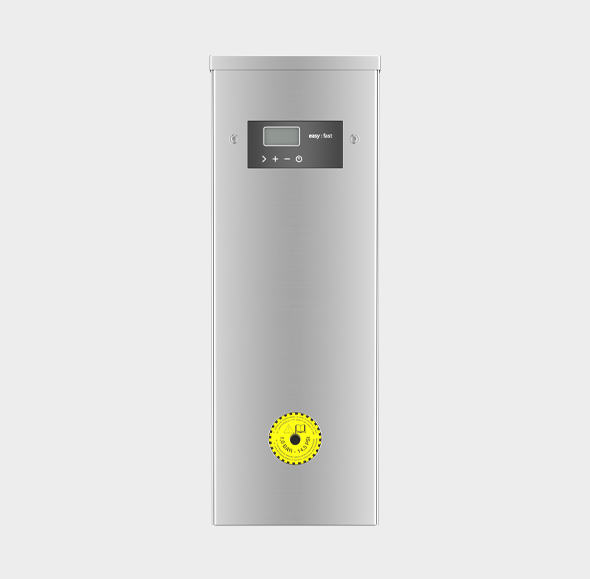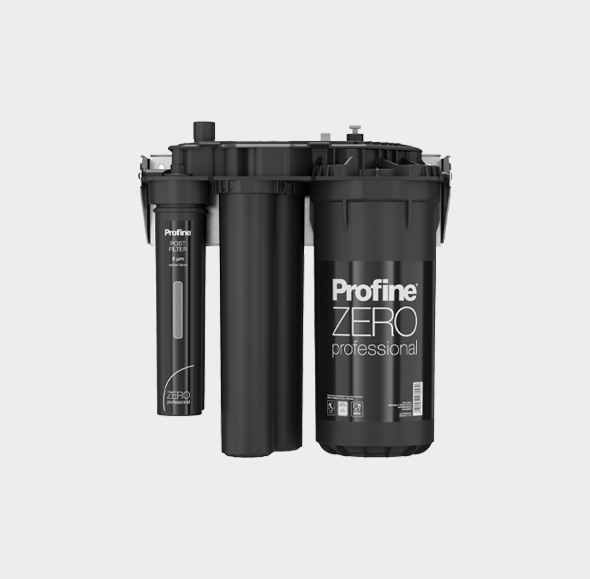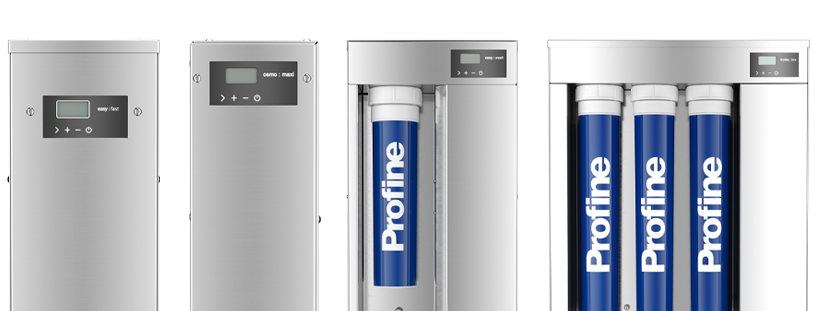We all know that water is a living element that brings with it everything it encounters along its path. The issue of hygienic safety therefore calls for us to reflect more deeply on the safety of the water we use and drink. The World Health Organization (WHO) has confirmed the possibility of the presence of Covid-19 even in drinking water, although the risk is low and there is no evidence of its presence. In fact, it seems that the chlorine already released from the aqueduct is sufficient for eradicating this virus (1). Despite these reassuring premises, all the competent health authorities are asking to raise the level of safety, including water safety. Equipping ourselves with filters or systems at the point of water consumption is highly recommended in order to preserve ourselves from potential infections.
Several viruses, including COVID-19, remain a potential threat to those who drink well water. The NGWA (the U.S. National Groundwater Association) urges all owners of private wells to carry out regular maintenance on their systems in order to reduce the likelihood of viral contamination. The same WHO reports a study that has found the persistence of coronavirus in non-chlorinated water lasting from days to weeks (2).
Domestic use
Professional use
source: Water, sanitation, hygiene, and waste management for the COVID-19 virus Interim guidance 19 March 2020
